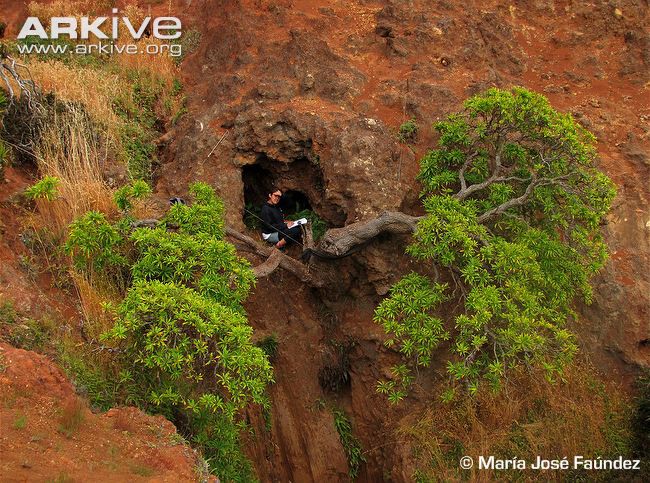
There are a number of extremely rare plants, dotted all around the world, some of which are very close to extinction. The reason for their dithering numbers comes down to climate change, land development and deforestation. Here we have listed a number of the affected species…
Baobab Tree
Although this unique specie sprouts leaves just three times a year, it’s often described as the ‘life giving tree’.
This is because it is able to store water in its large, twisted trunk.
To survive dry seasons, those native to Madagascar, Africa and India have been known to build their homes among its roots. Unfortunately, both over development and climate change have destroyed its natural habitat, leaving the Baobab tree dangerously close to extinction.
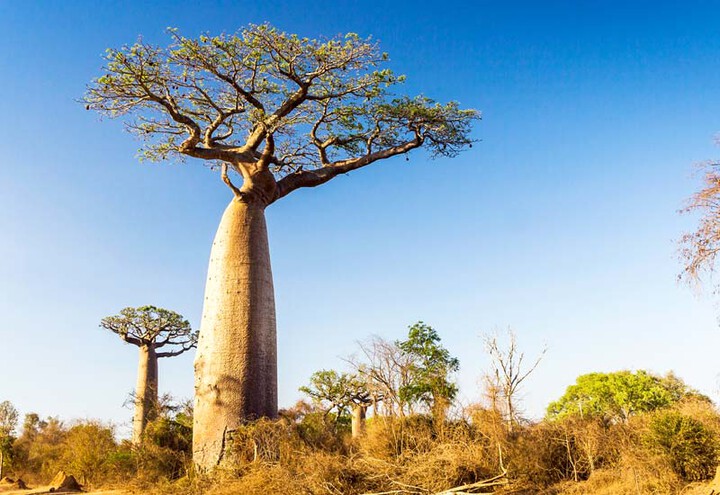
Dragon Tree
These sizeable, striking trees are celebrated as the backdrop to the African savannah. These species can grow to be thousands of years old, yet despite this, they’re still subject to climate change, drought and development. Due to these factors, they are slowly starting to disappear.
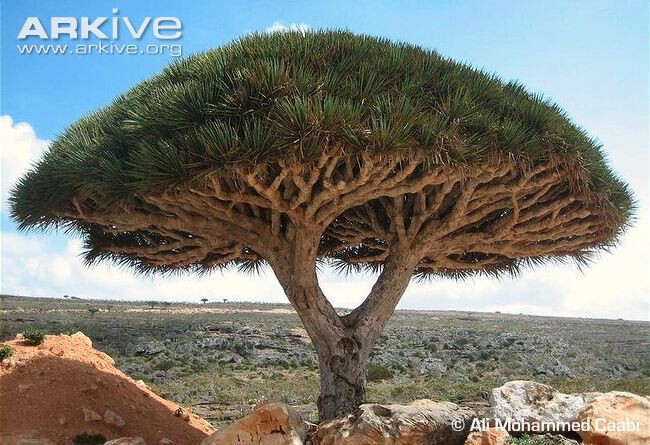
Monkey Puzzle Tree
This quirkily named tree is native to Chile. It appears on the endangered list because of over development, which has caused it to lose large portions of its natural habitat.
This in turn has tainted its wild growth. Fortunately, it can thrive in conservation, and those lucky enough to own one of these species, will often display it their gardens.
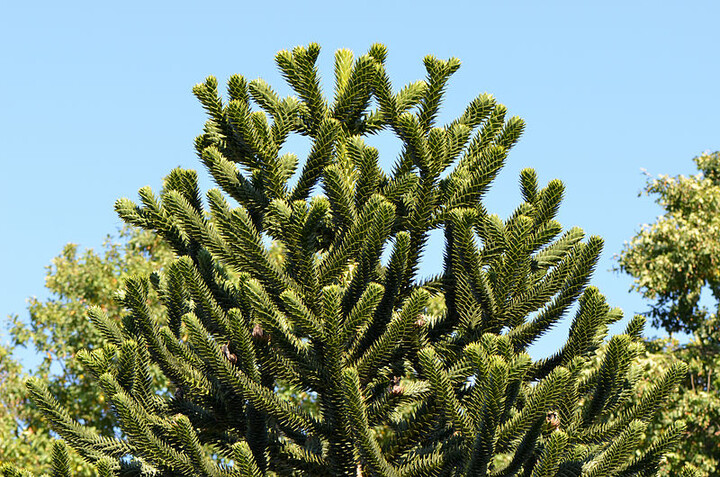
Underground Australian Orchid
This unique orchid boasts a flower that grows almost underground.
Unfortunately, its pretty blossom has succumbed to drought and over development, not to mention the effects of pollution. Due to these factors, it is now on the endangered list.

Bois Dentelle
This delicate specie of plant is known by few, which is one of the reasons it’s so rare!
Adorned with pretty white blossoms, it’s native to Mauritius and is only found on a hill called the Piton Grand Bassin. It is thought, only two of the flowering tree remain. Due to its size, it’s slowly being outnumbered by various other plants species, which are crowding its habitat in the Cloud Forest.
The Ministry of Agriculture on the island and the Mauritian Wildlife Foundation have successfully created new plants in a tree nursery but numbers remain low.
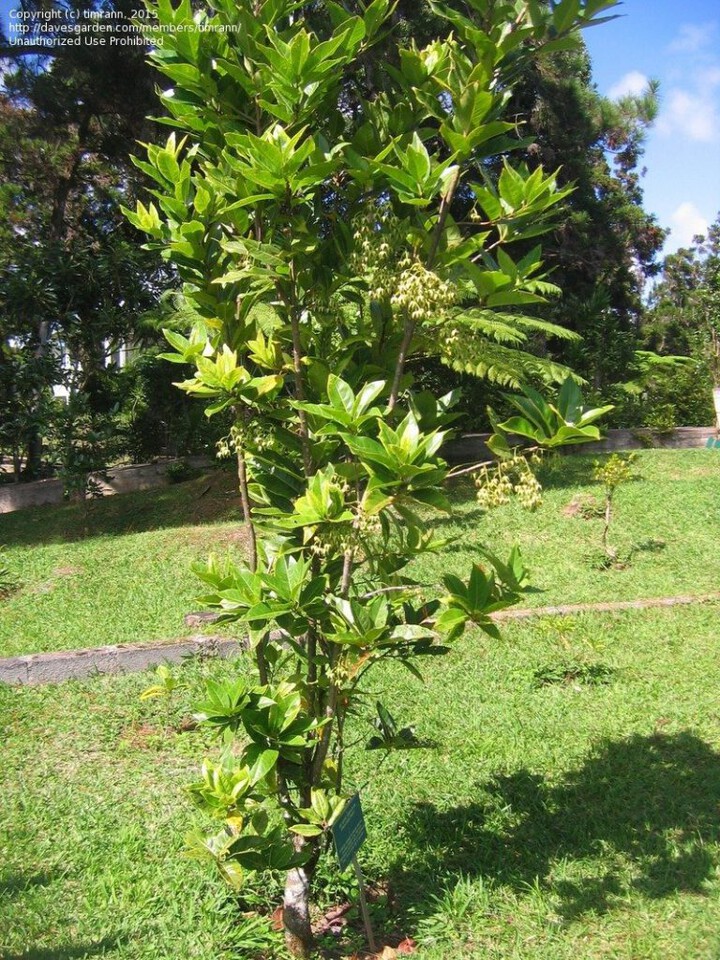
Cork
Have you ever wondered where wine corks come from? It’s all in the name of this tree.
However, more and more wine producers are beginning to use alternative materials for wine stoppers and although hard to believe, it’s the reduced demand for this oak tree’s bark that has caused its numbers to decline. With no demand for the bark, there is simply no interest in preserving the tree or its habitat.

Venus Fly Trap
This plant is a favourite of many a plant lover. Sadly, it’s steadily disappearing due to deforestation of its natural habitat.
This is also affecting its remaining tropical surrounds, as it’s a carnivorous plant. It plays a huge role in controlling insects, which in turn promotes the healthy growth of vegetation. There’s little effort put into saving this specie, as it has no value as a commodity.
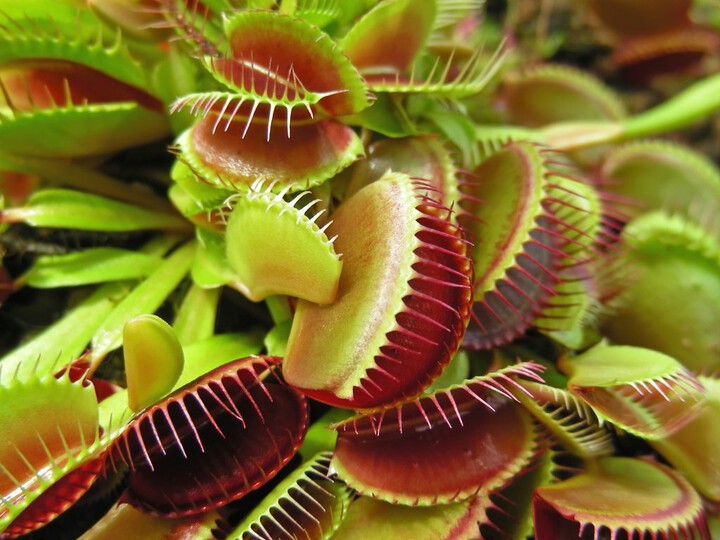
Green Pitcher Plant
Similar to the Venus Fly Trap in that it’s carnivorous, it’s never quite been as popular, and thanks to overdevelopment, the Green Pitcher plant is never likely to be – particularly as the species grows in groves and doesn’t do well as a single plant.
Originally from the American South, it’s actually classed as a herb and is often planted in gardens to ward away insects and protect other plants.
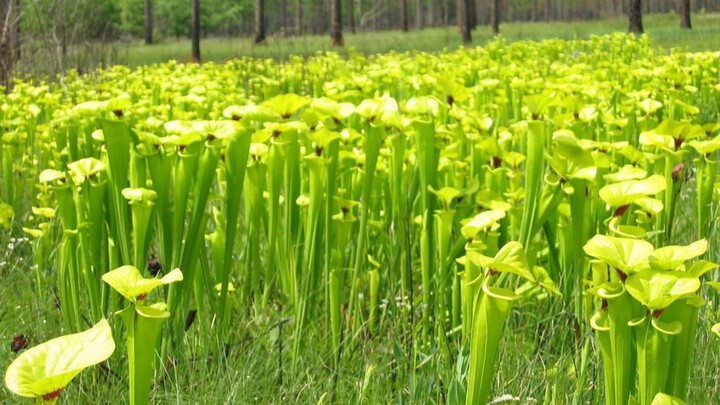
Baseball Plant
Although a popular garden plant, it’s also on the endangered list!
While you can purchase this plant in some garden centres; this may not be the case for much longer, as its wild habitat is slowly but surely being destroyed. In the wild, it is only found in the Great Karoo region of South Africa and unsustainable harvesting by collectors and exporters is listed as a major reason for its gradual demise.
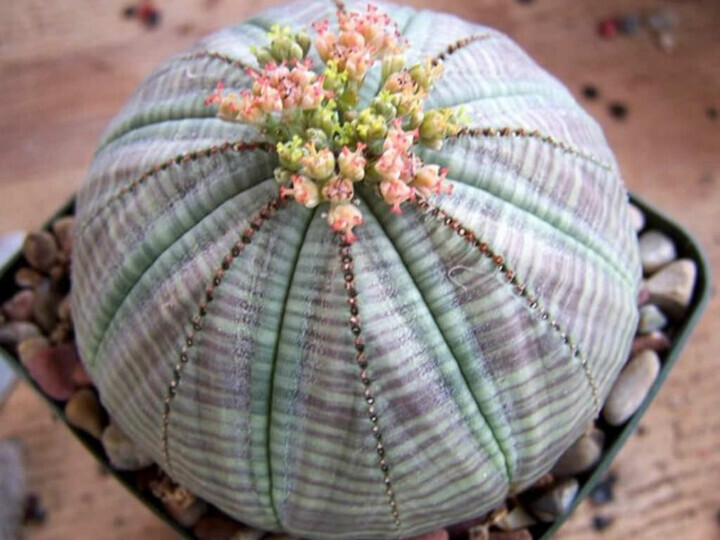
Rafflesia
Celebrated for its stench and oversized petals, which are in fact measurable to the size of a small chair, this flower is hugely popular with green-fingered collectors.
Unless you know your plants, it’s easy to confuse this specie with the Titan Arum, which is also known as the Corpse Flower. The reason for its near extinction? Poaching, lack of conservation and destruction of its natural habitat.
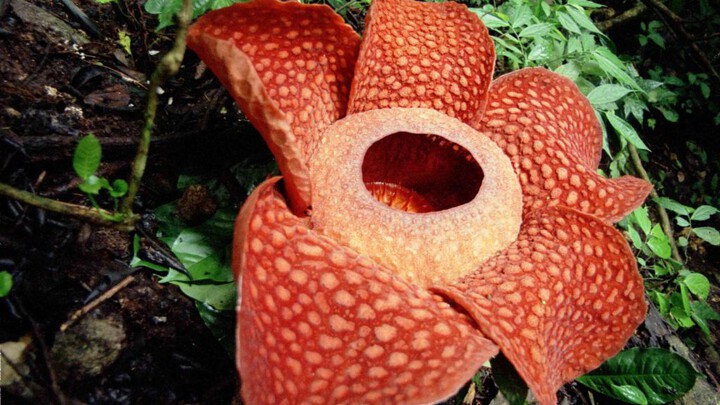
Welwitschia Mirabilis
Native to the South Africa deserts, this specie boasts just two leaves, which grow to some length (six foot to be precise) and tend to get more tangled up as the plant ages.
These species are said to be over one thousand years old. Unfortunately, land development and climate change has altered their habitat and the Welwitschia Mirabilis is slowly starting to die out.

Snowdonia Hawkweed
Although it was once thought to be entirely extinct, a total of seven small groups of this plant were discovered in Snowdonia in 2002.
It is now said to be one of the scarcest plants on planet earth.
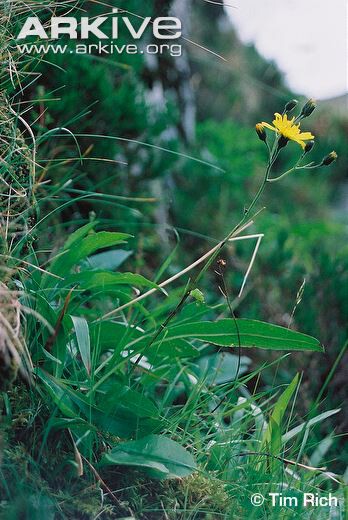
Titan Arum
This is the world’s biggest flower. Native to Sumatra, it is now said to have the largest inflorescence of all the flowers in existence.
It is nicknamed the Corpse Flower, solely due to its distinctive and somewhat overwhelming stink.

Black Bat-Flower
Also known as Tacca Chantrieri, the Black Bat flower has been poached so much, it’s almost non-existent.
The blossoms of the flower are huge and measure almost a foot in diameter. They’re also extremely pretty to look at with their velvety sheen, although perhaps not for much longer.
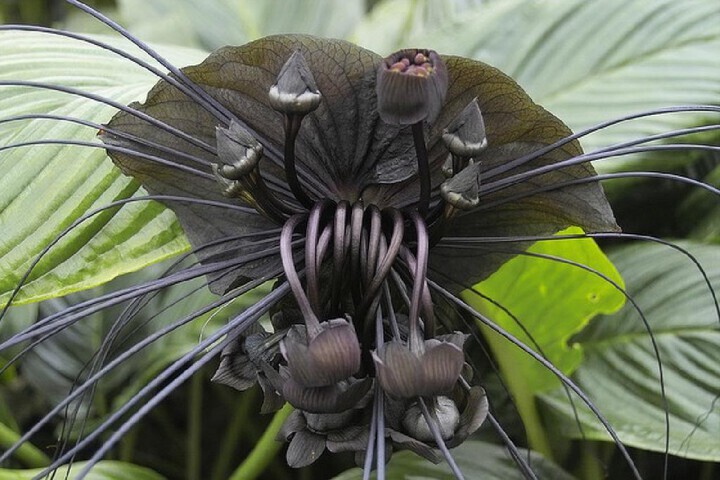
Dendroseris Neriifolia
Commonly known as the Chile Plant, this specie is ‘not surprisingly’ native to Chile.
It is so scarce, there is only one acknowledged plant left cultivating in the wild. Unfortunately, it is also an extremely hard plant to conserve which means it may not exist for too much longer.
